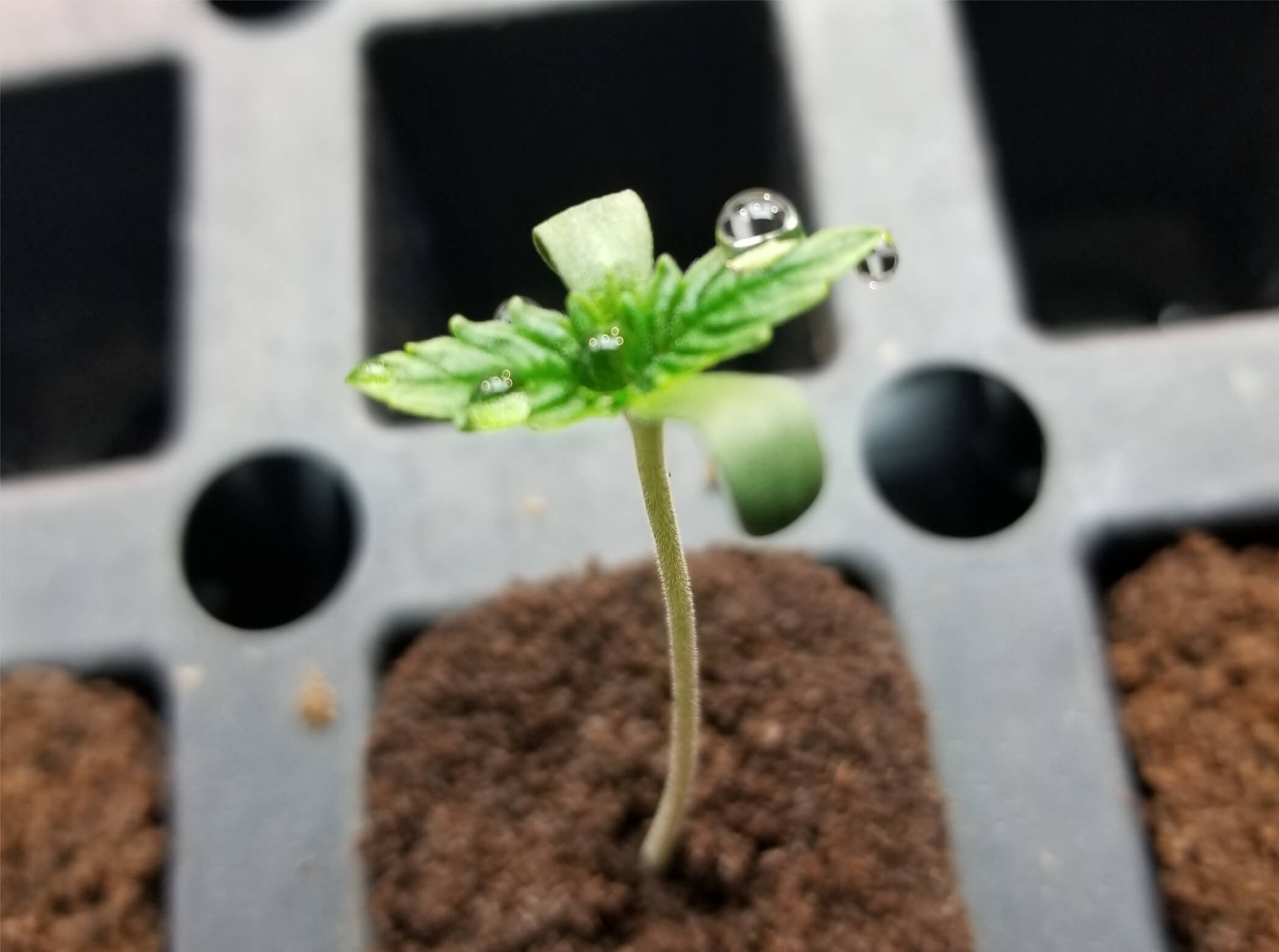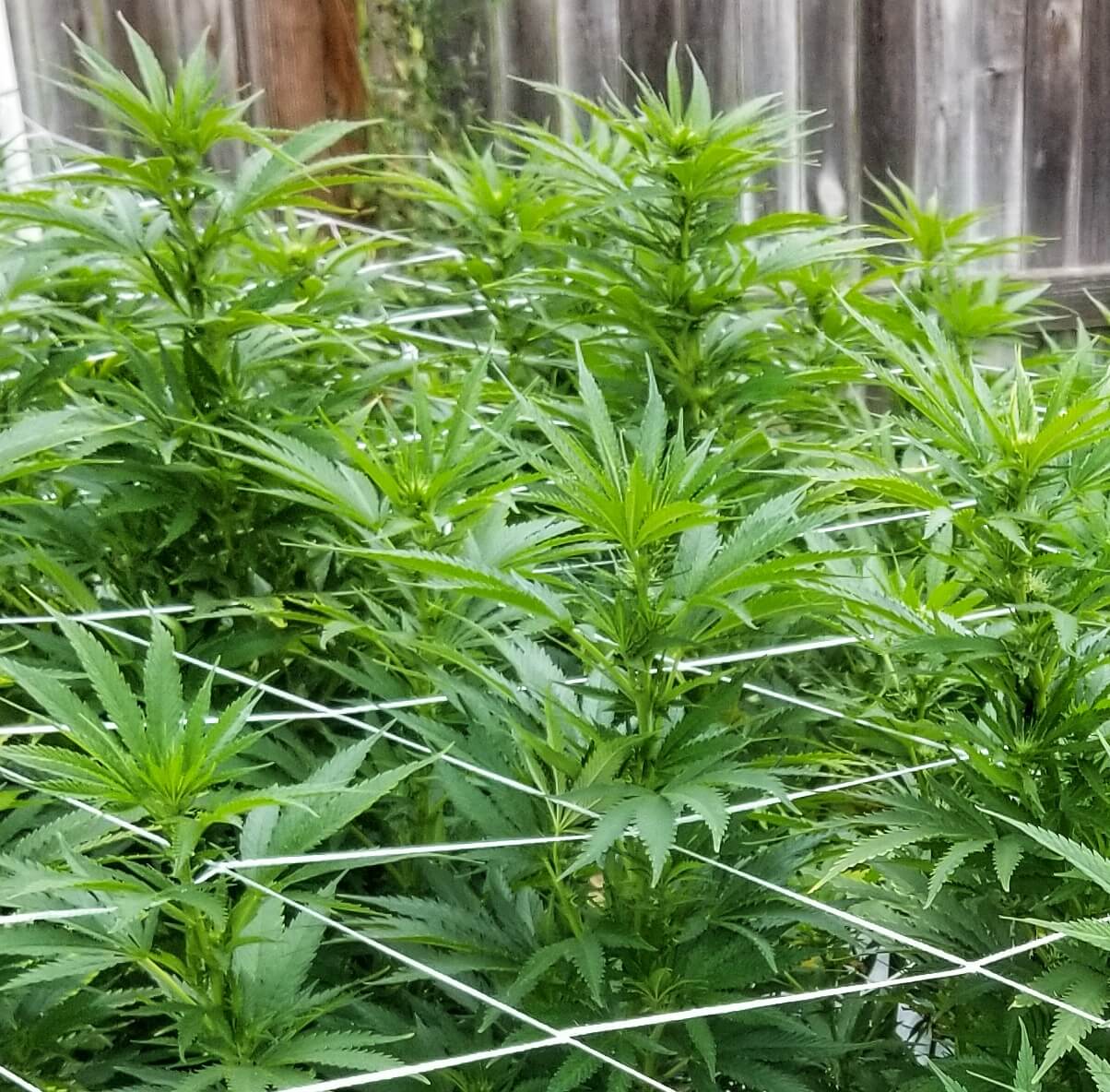- Short-day Plants
- Photoperiodism
- Vegetative Light Schedules
- Flower Light Schedule
Short-day Plants
In order to understand how the photoperiod affects the cannabis plant and how it can be manipulated, we should first examine how outdoor cannabis plants are affecting by the photoperiod. Outdoor cannabis plants (photoperiod) generally enter their flowering stage towards the end of the summer season and continue flowering towards the end of the fall season typically with the exception being autoflowering cannabis plants. The change from the vegetative stage to the flower stage comes from seasonal variations that cause the daylight to decrease as the season progresses. This change signals the cannabis plant to start the flowering stage. The plants will typically grow vertically for the first 3 weeks in a process known as photomorphogenesis before focusing all of its energy on producing buds to ultimately attract pollen (Andrej, 2012). Photomorphogenesis is different from phototropism, which is a process responsible for informing plants where the light source is directed from causing them to lean in that direction and causes plants to stretch if they are too far from the plant canopy. (Andrej, 2012).

Knowing how an outdoor cannabis plant naturally changes from the vegetative to the flowering stage will allow an indoor cannabis cultivator to manipulate the light schedules to determine when the plants will be flipped into the flowering stage. Specifically, it the length of darkness that signals the cannabis plant to flip from the vegetative stage to the flower stage. Cannabis plants typically need a minimum of 12 hours of uninterrupted darkness in order to start flowering. This is because cannabis plants are short-day plants, or plants that form flowers when daylight is less than 12 hours (VanDerZanden, 2003).
Photoperiodism
Cannabis plants have several different types of photoreceptors, or light receptors, including phytochromes (Tobin, 2011). Phytochromes predominantly act in red to far-red wavelengths. by creating a chemical reaction to help signal to the cannabis plant to keep vegetating or to begin flowering, the levels of phytochrome far-red can be manipulated through the timing of the light by converting to phytochrome red in darkness (Mawphlang, 2017). Higher levels of phytochrome red starts the flowering stage. Interruption of the dark cycle with light will revert the process of conversion from phytochrome far-red to phytochrome red, possibly preventing flowering or stressing out plants.
Vegetative Light Schedules
Cannabis plants can have their light cycle manipulated to be kept in the vegetative stage for a prolonged period of time in most circumstances. As long as cannabis plants receive more than 14 hours of light they will not flower. There is a debate amongst indoor cannabis cultivators on the best vegetative light schedule, the most common vegetative light schedules being 18hrs (light) / 6hrs (dark) or 24hrs (light) / 0hrs (dark). The main differences between the two different light schedules being that one is higher on the power bill and may provide more vegetative growth overall. Outdoor growers will plant in the spring or summer season to take advantage of the abundant daylight.
Flower Light Schedule
There is really only one choice in terms of light cycles for photoperiod cannabis plants in the flowering stage. The light cycle for flowering cannabis should be 12hrs (light) / 12hrs (dark) for indoor cultivation facilities. If cannabis plants cannot receive 12 hours of uninterrupted darkness continuously throughout the remainder of its life cycle, then it will become noticeably stressed and in some cases it may not flower.

Comments powered by Talkyard.